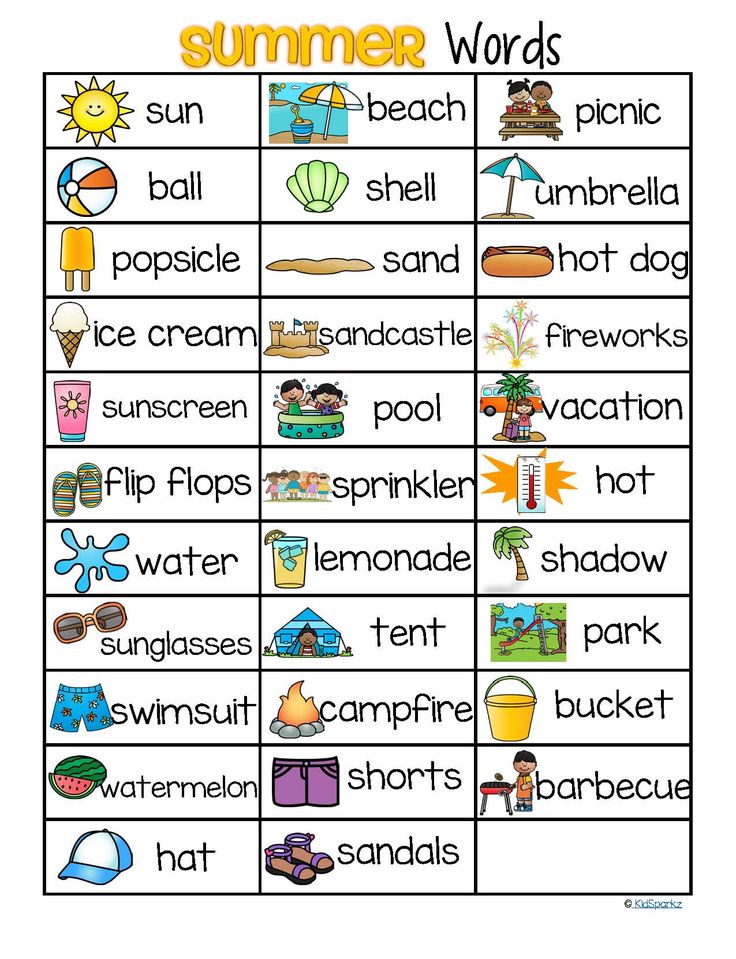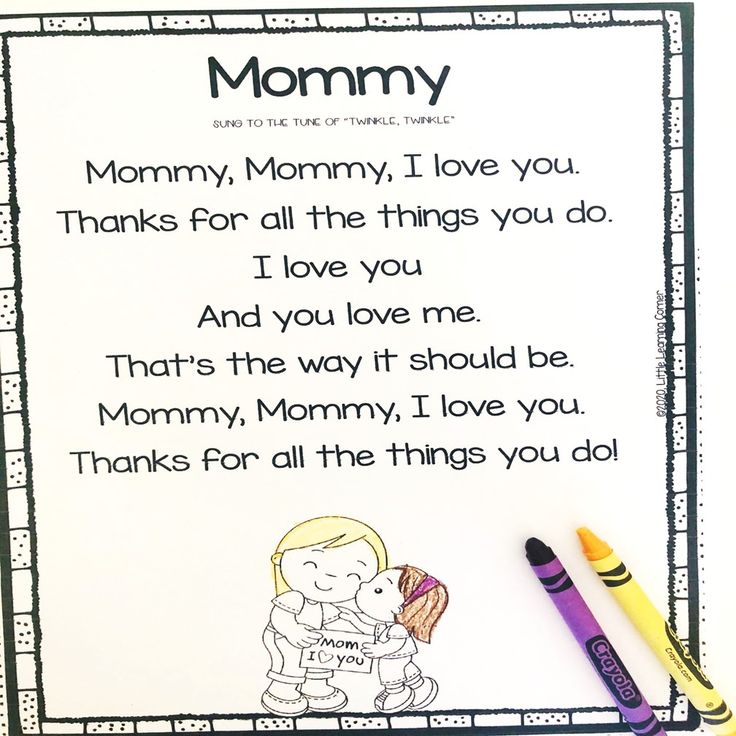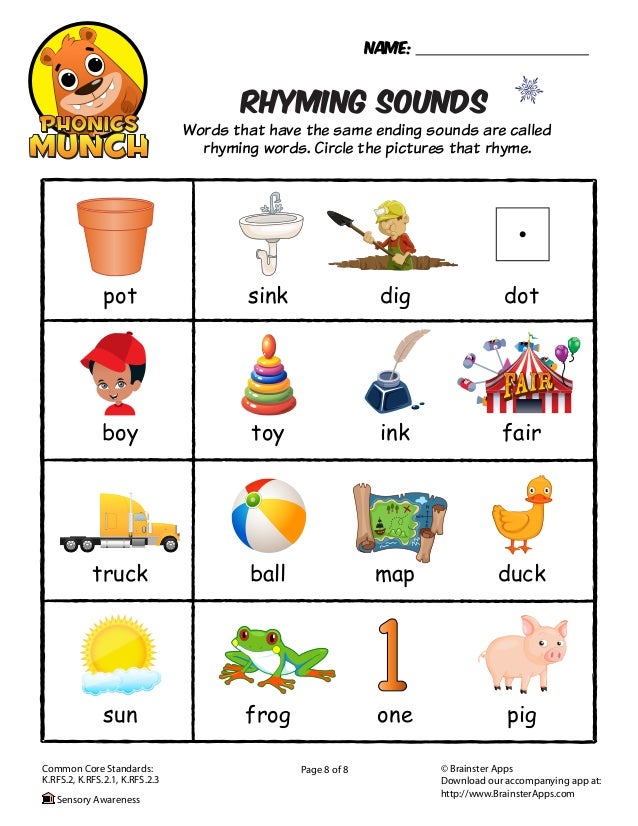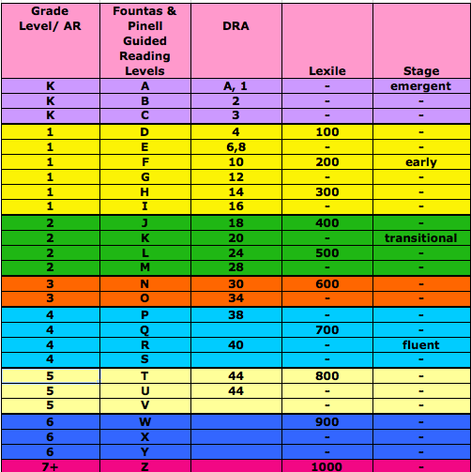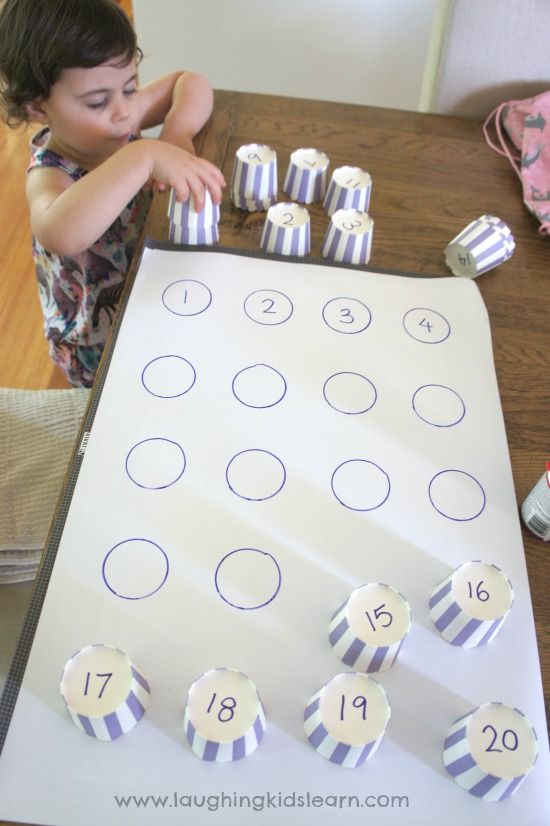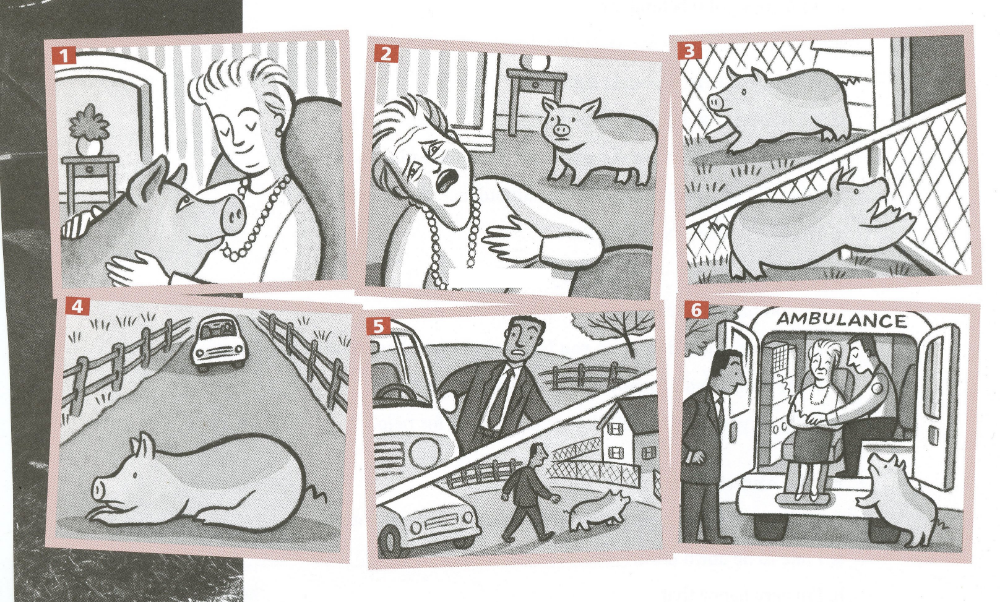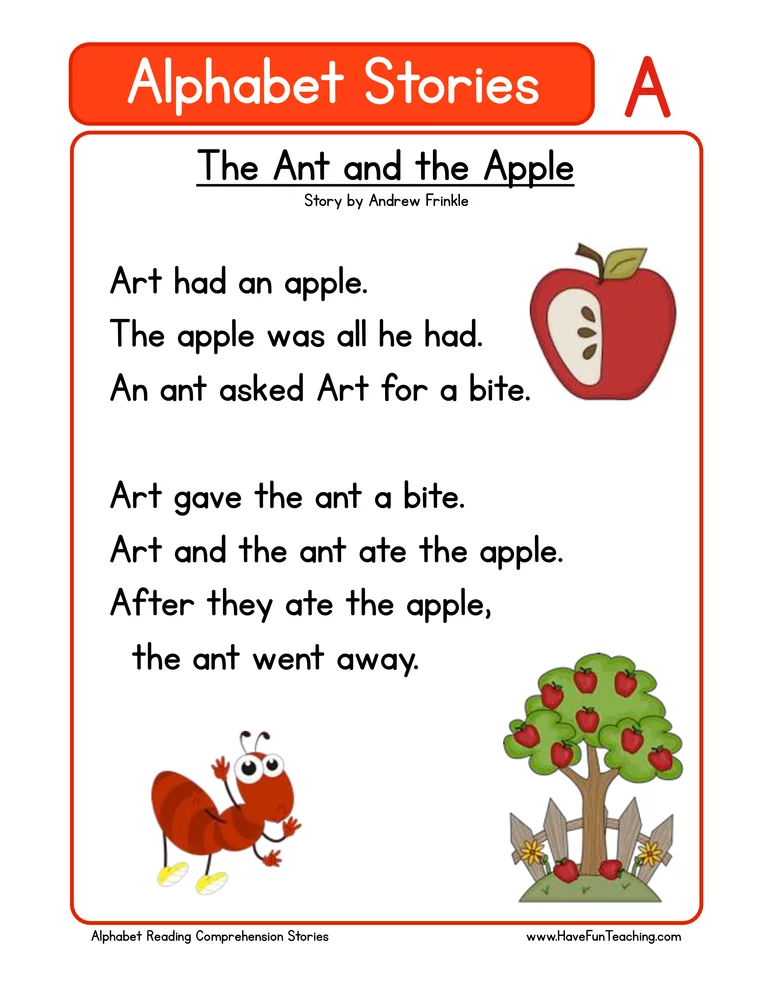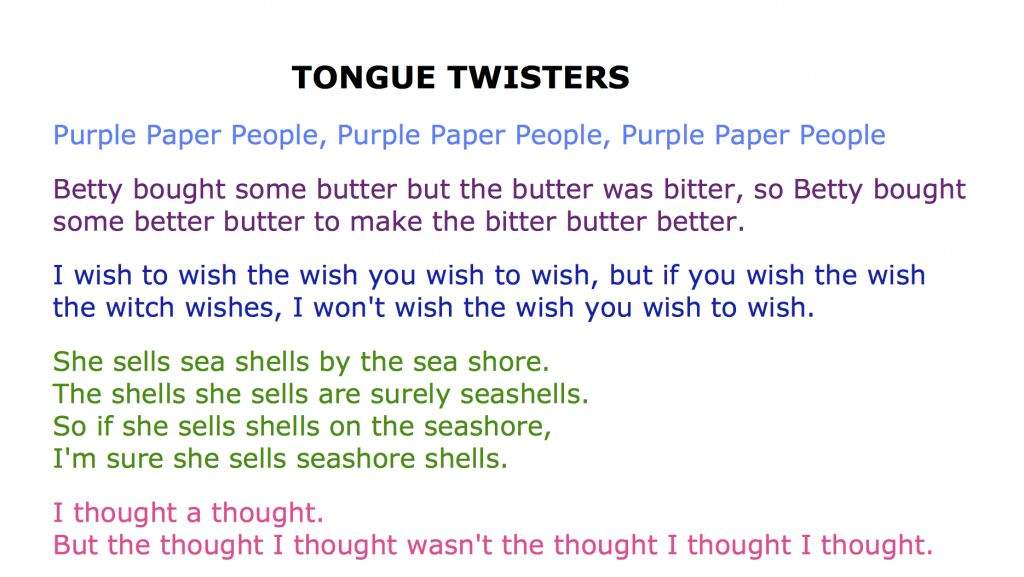Vocabulary words activities
20 Meaningful Vocabulary Activities for Every Grade
Learning new words is like adding to your writing wardrobe. Your writing becomes so much more interesting and engaging when you have more options available. These vocabulary activities work for all ages, K-12, and provide kids with a variety of learning options to help them build their own word bank.
1. Make a word map
Word maps help deepen understanding of a vocab word by relating it to other words and concepts students already know.
ADVERTISEMENT
Learn more: Word Map/Upper Elementary Snapshots
2. Use the Frayer Model
Frayer models are a popular way to learn new words and concepts. Kids define the word in their own terms, then list facts and characteristics, examples, and non-examples.
Learn more: Southern Fried Teachin’
3. Draw vocabulary sketchnotes
Kids and teachers love sketchnotes! Rather than writing out definitions, have students draw a sketch that sums up each word instead. It’s a lot more fun and gives kids an image for visual association and to help remember the meanings.
Learn more: Now Spark Creativity
4. Bump words along
Group vocab words together with a few other words with similar meanings and one that’s an antonym. Students identify the antonym and “bump” it to the next box, filling in the next group of words. They continue until the worksheet is full.
Learn more: Reading and Writing Haven
5. Post a Graffiti Wall
Think of a vocabulary graffiti wall like a collaborative word wall. In the classroom, post the words on the wall and have kids add sticky notes to illustrate the term (they can use words or pictures). Online, try a tool like Padlet or Google Slides.
Learn more: Digging Deeper
6. Match words to describe character
This is a terrific way to practice vocab words pulled from books you’re reading. Ask students to use various words to describe the different characters in the book and their feelings, thoughts, and actions.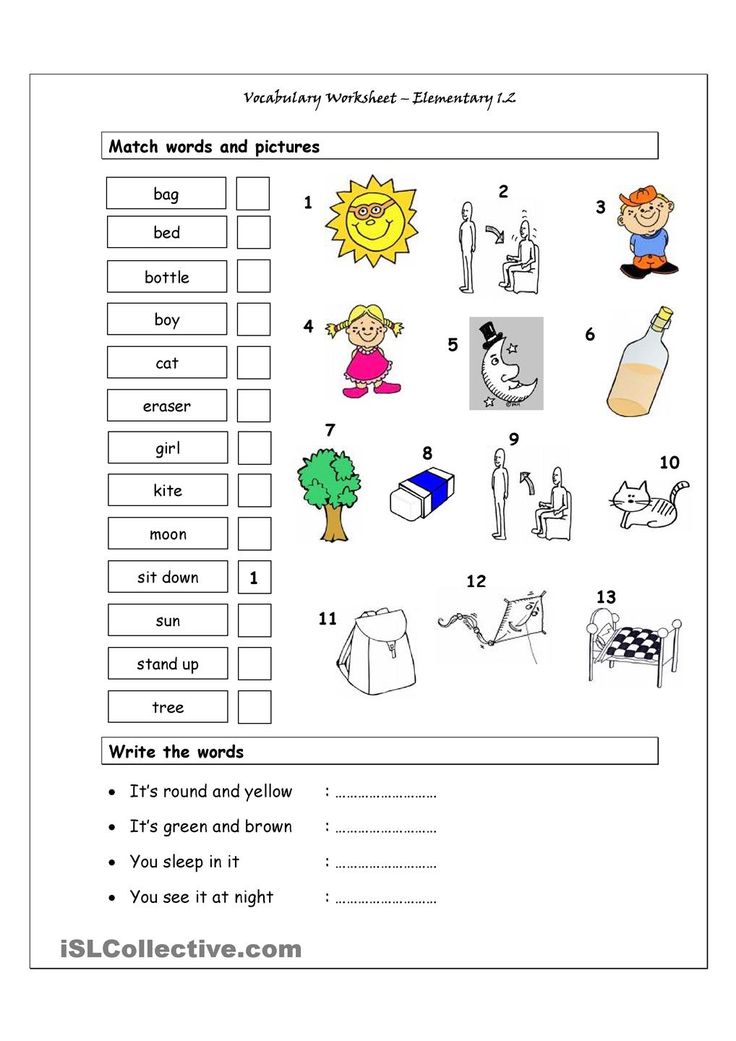
Learn more: The Sassy Apple
7. Fill in words from A to Z
This vocabulary game is fun and challenging, and you can play it at any age. Choose a word, then challenge kids to come up with related words for as many letters as possible. These could be synonyms, antonyms, examples, and more. Trickier letters are worth more points!
Learn more: A to Z/Lit in Focus
8. Try Flipgrid for vocabulary activities
Forever a Teacher at Heart/Twitter
Are you on the Flipgrid bandwagon yet? It’s perfect for vocabulary activities! Have kids record a quick video for each word, using their creativity to make it fun and meaningful.
9. Battle it out in Vocabulary Jeopardy
Good vocabulary activities encourage more than just memorization of definitions. That’s why we like this Jeopardy game idea. It explores synonyms and antonyms and how words are used in real sentences.
Learn more: Not So Wimpy Teacher
10. Use RAFTs to write vocabulary stories
Writing a story using vocab words is a perennial favorite, but the RAFT method gives it a new twist.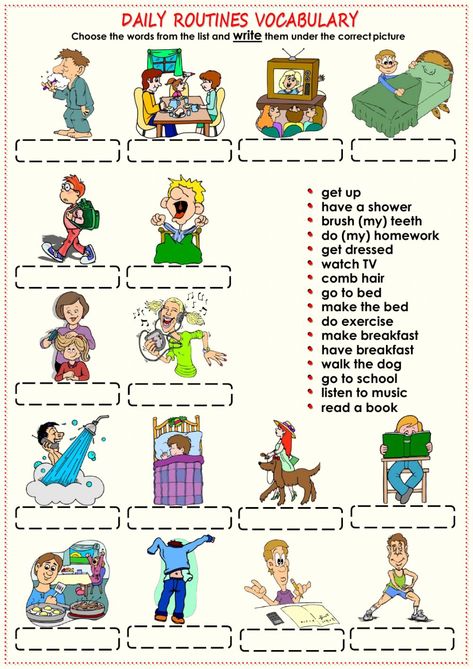 Students are assigned a Role (the point of view from which they’ll tell the story), an Audience, a Format, and a Topic. For instance, they might be an astronaut (Role) writing a postcard (Format) to their friends back home (Audience) about what they’ve seen on Mars (Topic). RAFTs are especially great for kids who claim they don’t know what to write about.
Students are assigned a Role (the point of view from which they’ll tell the story), an Audience, a Format, and a Topic. For instance, they might be an astronaut (Role) writing a postcard (Format) to their friends back home (Audience) about what they’ve seen on Mars (Topic). RAFTs are especially great for kids who claim they don’t know what to write about.
Learn more: RAFT/Teaching Writing
11. Discover the power of words
Vocabulary words take on greater meaning when students incorporate them into their daily lives. Challenge kids to use their vocab words in conversation and writing outside the language arts classroom. Use the free printable worksheet here to help them keep track of how often they use them.
12. Create graphic organizers
Colorful organizers like these are terrific vocabulary activities. Want to go digital? Have kids make a slideshow, one slide per word. They can include the same information, but instead of drawing a picture, have them find one online that illustrates the concept.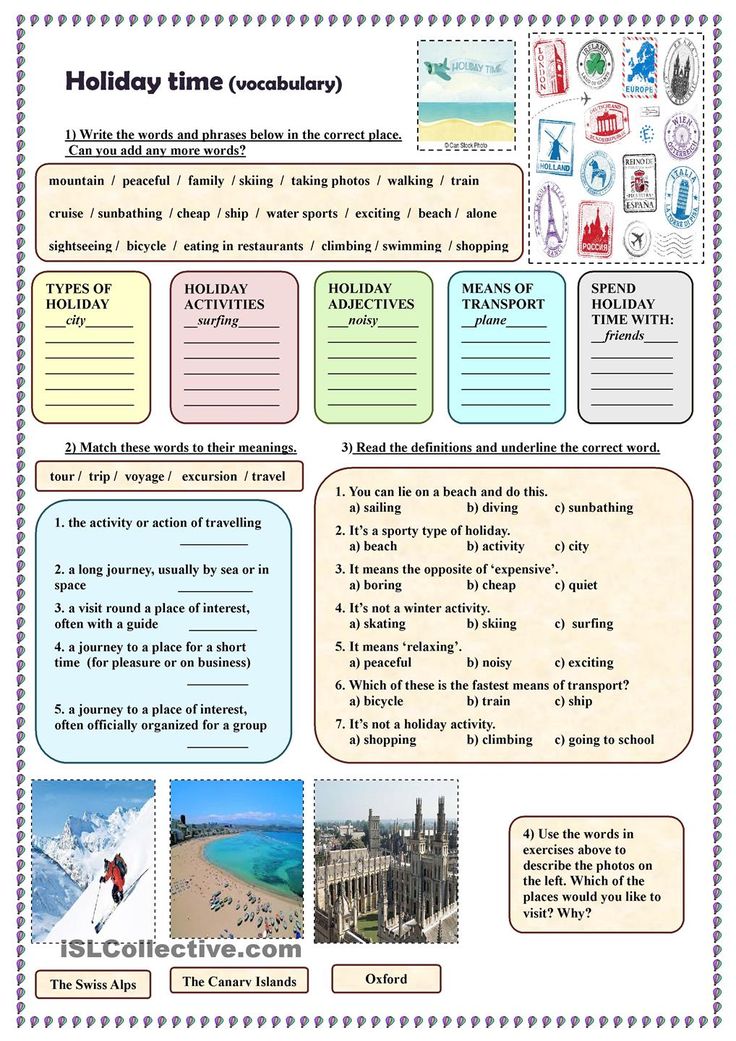
Learn more: Graphic Organizers/Upper Elementary Snapshots
13. Focus on a Word of the Week
Give really important terms the attention they deserve. Choose a new vocab word each week, then explore it in depth day by day.
Learn more: Lit In Focus
14. Join the Million Dollar Word Club
Post a list of target vocab words. If a student uses one of the words in class (outside of vocabulary activities), they become a member of the Million Dollar Word Club! You can have them sign their name on a wall in the classroom or award a badge online. You could even develop this into a reward system for homework passes or extra credit.
Learn more: Million Dollar Words/The Sassy Apple
15. Explore shades of meaning
This is a cool idea for exploring synonyms and the slight differences that make words unique. Ask for paint sample strips at your local hardware store, or buy a clip art set. In the classroom, use these paint strips to make crafts for a bulletin board.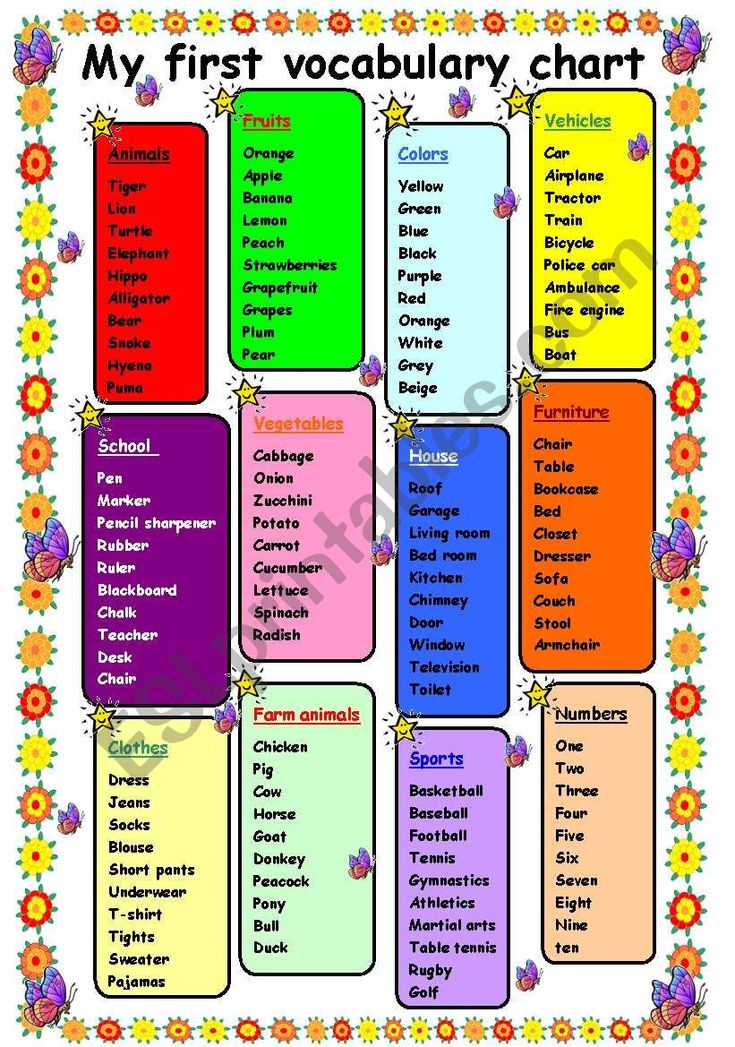 Working in a virtual environment? Have kids print clip art strips at home or use the images to make slides or digital worksheets.
Working in a virtual environment? Have kids print clip art strips at home or use the images to make slides or digital worksheets.
Learn more: Around the Kampfire
16. Personify a word with social media
This is one of those vocabulary activities kids will want to do over and over again! Assign each student a word and have them create a fake Facebook, Instagram, or other social media page for it. They can draw them freehand or complete a template like these from Teachers Pay Teachers. Post the images to a shared Google slideshow so other students can use them for review.
Learn more: Reading and Writing Haven
17. Play vocabulary word Taboo
In this game, the goal is for one student to get their partner to guess the word by describing or giving examples of it. The trick? There’s a list of additional words they’re not allowed to use! Let other students see the card in advance to help keep the players honest. (Flash it on a whiteboard and have the guesser face away.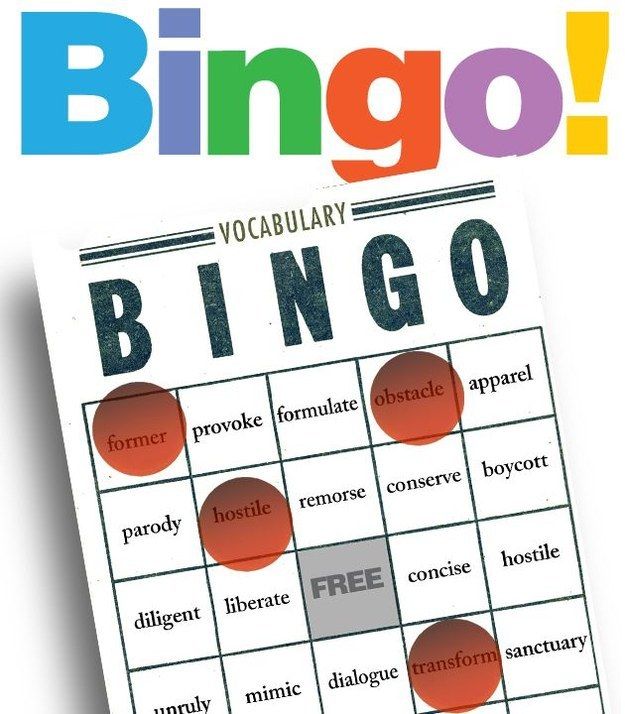 )
)
Learn more: Teaching Talking
18. Roll a die for vocabulary activities
Choose a vocab word, then have the student roll a die (these virtual dice are handy) to see which activity they get to complete.
Learn more: Roll a Word/Lucky Little Learners
19. Write an acrostic
Write an acrostic poem for each vocab term, using the letters to determine the first word in each line. This can get really challenging when words are longer!
Learn more: Vocab Acrostic/Upper Elementary Snapshots
20. Become a Word Collector
This is one of those picture books that grown-up kids will enjoy as much as little ones. Use it to remind your kids that they don’t need a vocabulary list to learn new words—new words are all around them.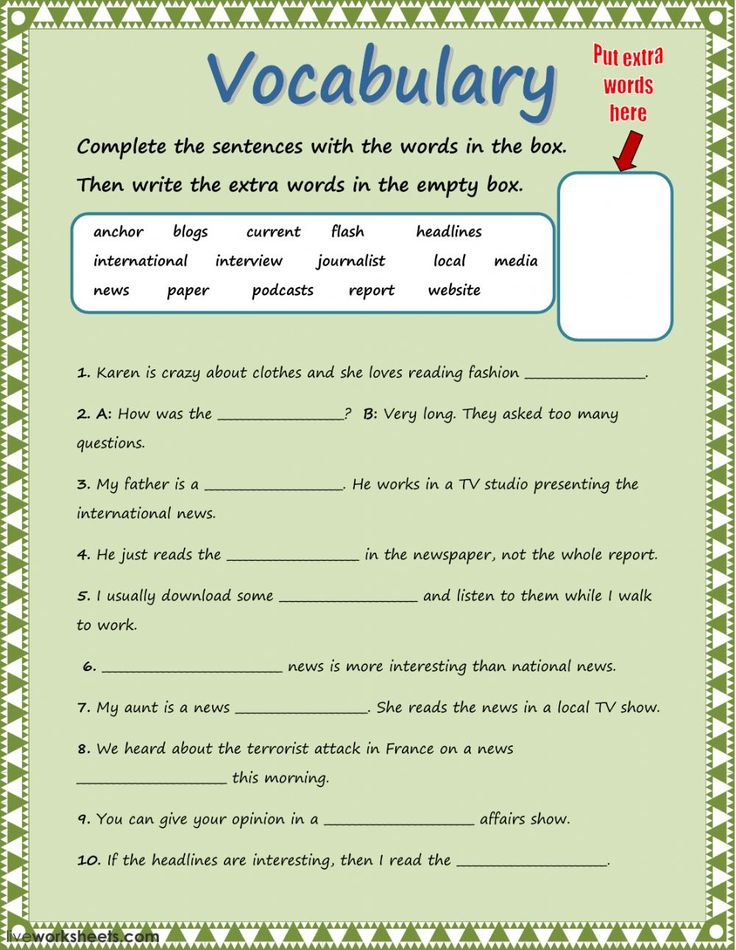 Encourage them to keep a word list or journal of their own to record new words they want to explore and use more often.
Encourage them to keep a word list or journal of their own to record new words they want to explore and use more often.
Looking for more language arts ideas? Try these 11 Essential Tips for Teaching Theme.
Plus, get all the latest teaching tips and ideas when you sign up for our free newsletters!
21 Ideas for Teaching Vocabulary in the Classroom
I’m sharing 21 ideas for teaching vocabulary. You may not be able to use all of them, but I hope you can find some ideas that will work well for you!
I’ve shared books about vocabulary instruction, as well as the theory and techniques. This post is a lot more practical. We’re all about ideas today!
I’m sharing the bare bones of the ideas here.
I’m adding lengthier explanations for some of them with more tips and fleshed-out instructions on my website devoted just to vocabulary instruction, VocabularyLuau.
You’ll see that option at the end of the idea if it’s available.
IDEA #1: Semantic Maps
In this activity, the teacher chooses a word and displays it for the class on a whiteboard, etc.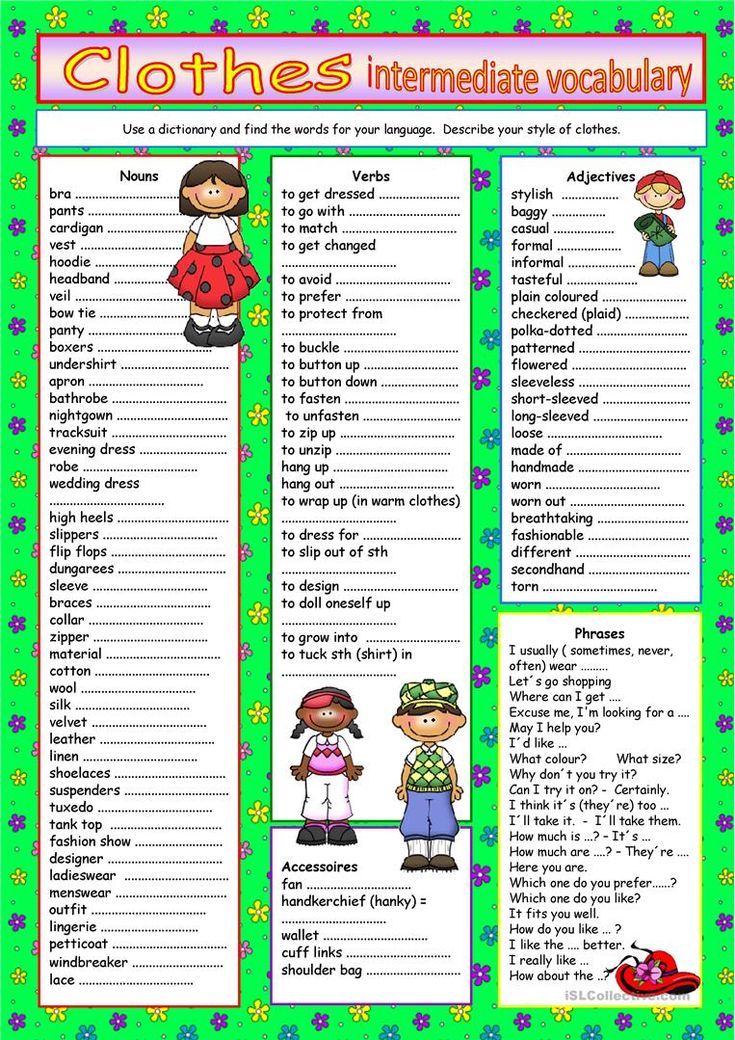
Students read the word and then think of words that come to mind when they see that word (this is awesome because it activates prior learning).
A list is created of all of the words that come to mind, and then those words are categorized.
This can be done as a whole class or in small groups.
Students then create a “map” using a graphic organizer and discuss it. Additional or substitute categories can be suggested.
As students read through the text, they can add related words to the map.
Want more details on this strategy? Get the step-by-step on VocabularyLuau.
IDEA #2: Eye Spy
Give students a list of words to search for in a text or have them find unfamiliar words.
You can award points to the words based on different criteria (longest new word, word with most consonants, etc.).
Invest in a set of inexpensive dollar store magnifying glasses to make this more game-like.
This is a great pre-reading activity.
Want more details on this strategy? Get the step-by-step on VocabularyLuau.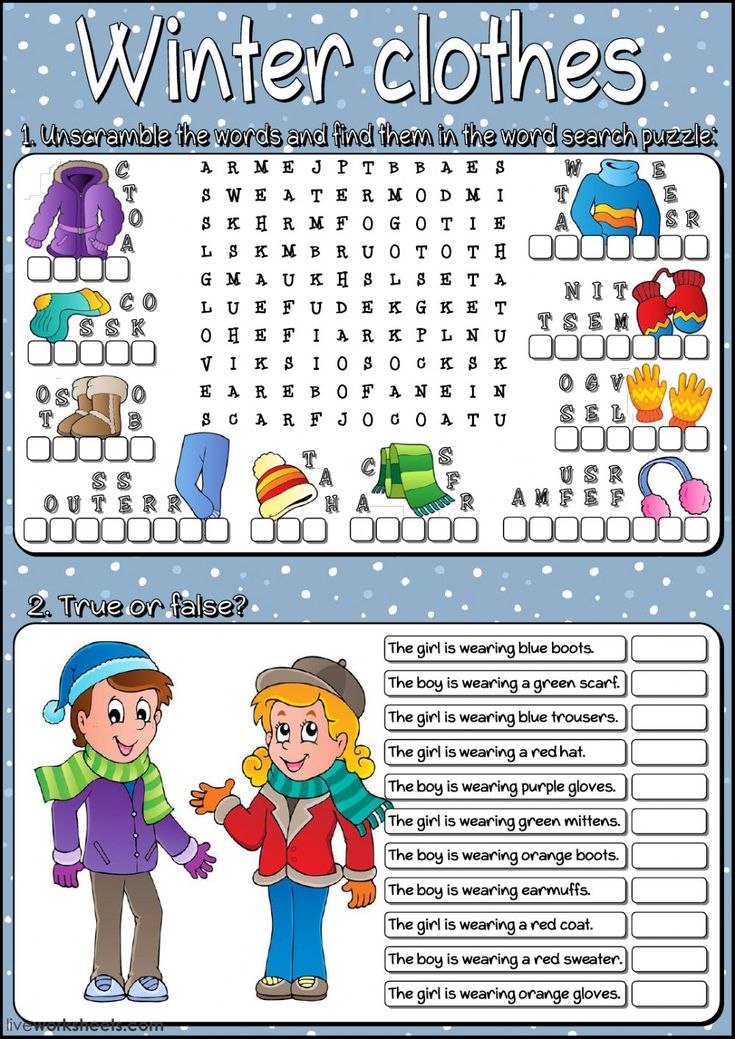
IDEA #3: Making Choices
Students show their understanding of vocabulary by saying the word when it applies, or remaining silent when it doesn’t.
For example: “Say radiant if any of these things would make someone look radiant.”
-Winning a million dollars.
-Earning a gold medal.
-Walking to the post office.
-Cleaning your room.
-Having a picture you painted hung in the school library.
(This idea is from the book Bringing Words to Life, recommended in the books section.)
This is one of the key strategies teachers need in introducing new vocabulary. Because of that, I’ve written extensively and given a dozen examples from different texts for Kinder through 12th grade on VocabularyLuau.
IDEA #4: Sorting Hat
Use a Harry Potter theme to have students sort words into categories. They can pull them out of a hat.
If you give them the categories, it’s called a “closed sort.” If they come up with their own categories, it’s called “open sort.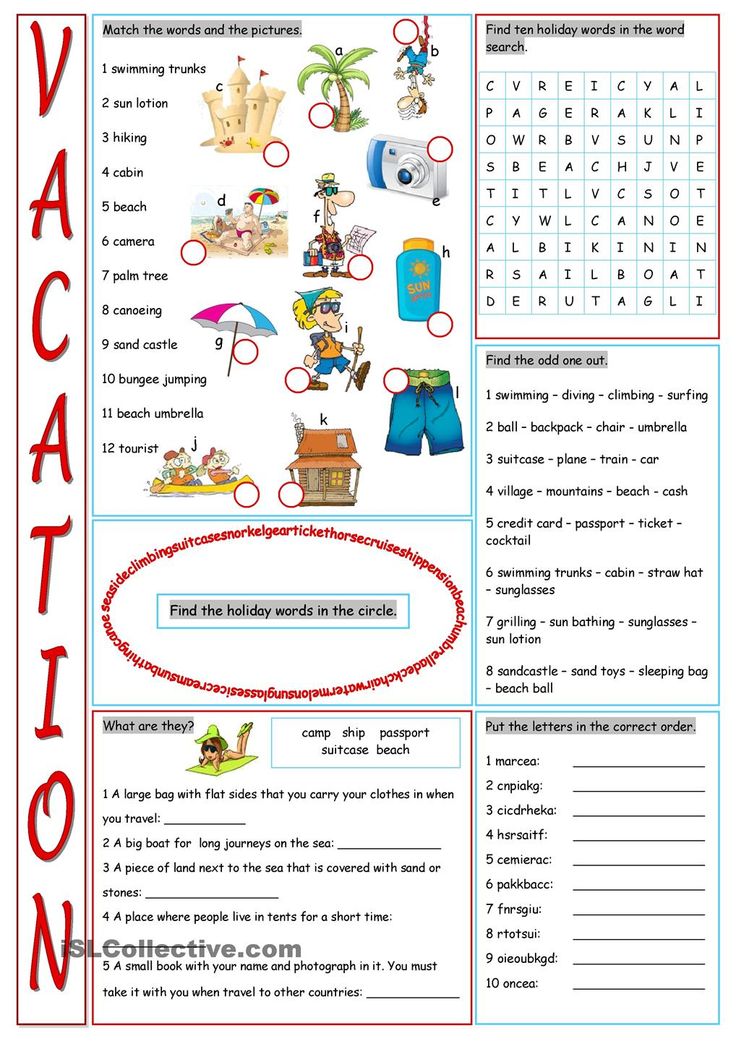 ”
”
This one is so, so fun. I explain lots more about how to do it on VocabularyLuau.
IDEA #5: Word Pairs
Give students words in pairs and have them evaluate if the words are the same, opposite, go together, or are unrelated.
This strategy is terrific for building critical thinking skills along with the vocabulary.
Get even more details and variations at VocabularyLuau.
(adapted from Word Power: What Every Educator Needs to Know about Teaching Vocabulary)
IDEA #6: Linear Array
In this strategy, students use a graphic organizer that is a rectangle, three ovals, and then another rectangle, all in a line.
The word in question goes in the rectangle on the far left.
The rectangle on the far right is filled in with a word that is the opposite.
The center three ovals are filled in with words that go from the far left to the far right, gradually become less similar until they reach the opposite.
For example, microscopic, tiny, small, bigger, large.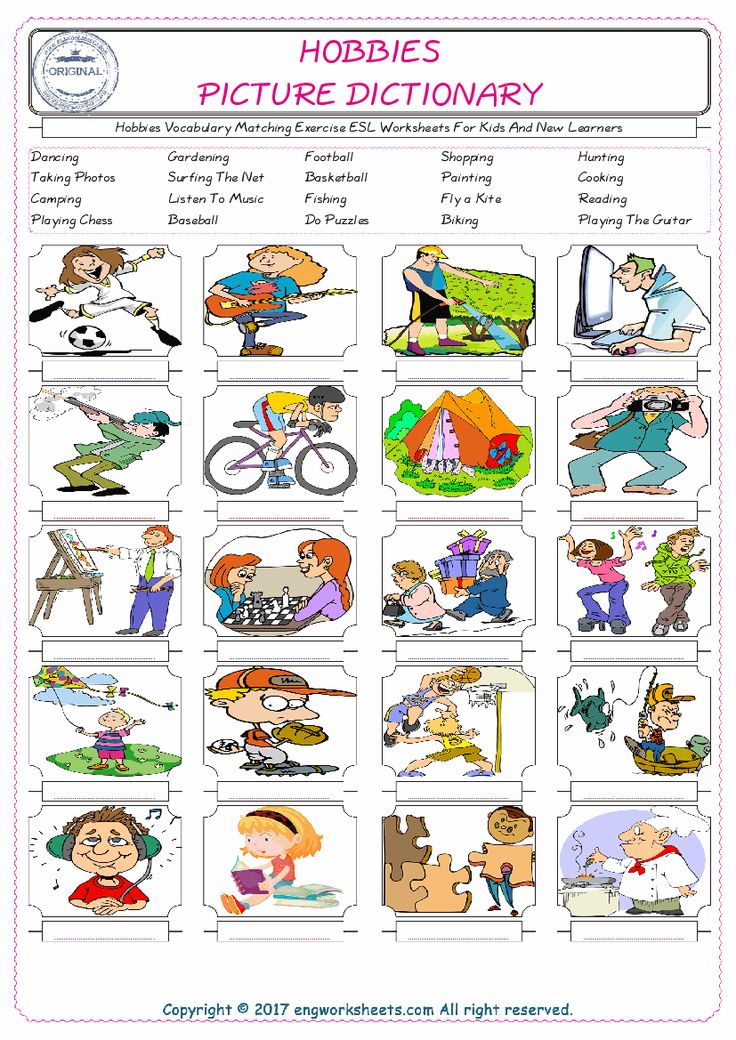
You can see examples of the graphic organizer, more details, and lots of variations on VocabularyLuau.
(adapted from Words, Words, Words: Teaching Vocabulary in Grades 4 – 12)
IDEA #7: Games
Many “real” games work well for vocab play and practice. Games such as Balderdash, Taboo, Scrabble, Blurt, Bananagrams, word bingo, and others are fun.
There are online games as well, such as Scholastic’s Synonym Toast.
[Note: I am a notoriously horrible Scrabble player, and every time I play I think, “English teachers should be better at this.” It’s not my favorite.]
IDEA #8: Scavenger Hunt
Have a word scavenger hunt in books, magazines, articles on the net, or in the school or home.
Don’t just go for numbers; go for unusual words, academic vocabulary, weird spellings, homophones, etc.
Want more details on this strategy? Get the step-by-step on VocabularyLuau.
IDEA #9: Word Wheel
Copy and paste this image onto a sheet of cardstock and make a vocab spinner game.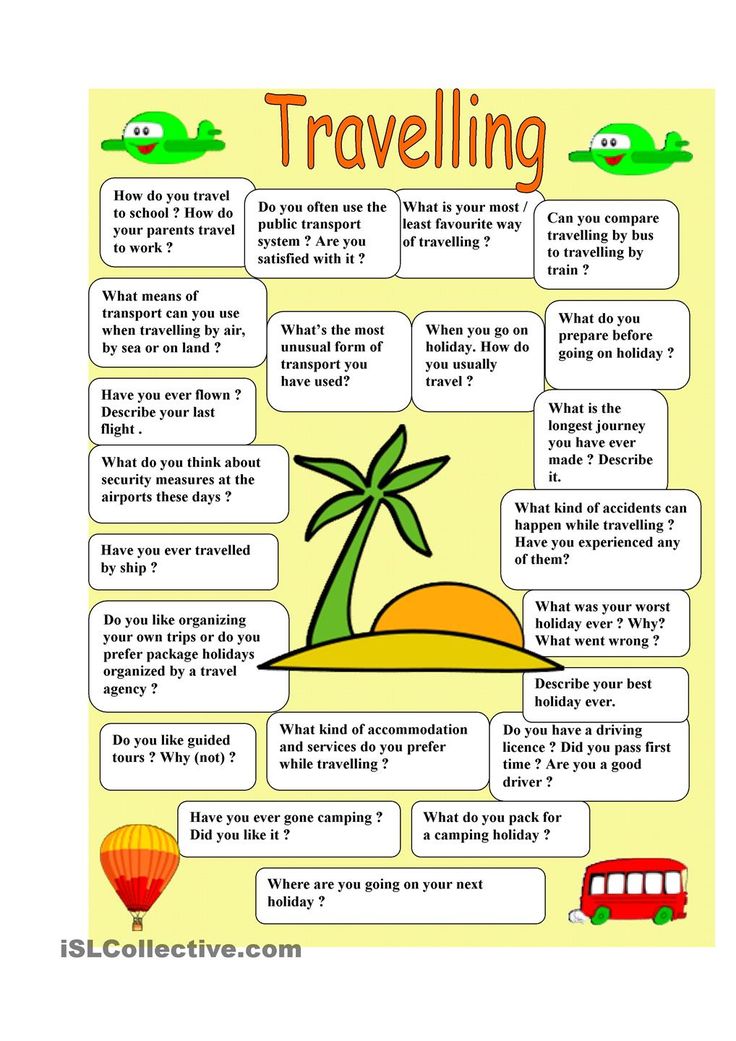 EisforExplore shares the whole idea here.
EisforExplore shares the whole idea here.
Want more details on this strategy? Get the step-by-step on VocabularyLuau.
IDEA #10: Vocabulary Photo Album
Using a simple, inexpensive photo album, students create a visual glossary of key words.
I’ve got pictures of examples, details, and more ideas at VocabularyLuau, if you’d like to read more.
IDEA #11: Tally
Use tally marks to track words you’re trying to practice.
Mark whenever the teacher says the word in context, and mark twice when a student does.
Alternatively, you can have the tally marks be even, but play the teacher versus the class.
There’s so much more to this strategy. Learn more about how tally marks can help you teach vocabulary at VocabularyLuau.
IDEA #12: Vocabulary Relay
Print out words on one set of cards (copy this set a few times) and definitions, context, or sentences in which they could be used (fill-in-the-blank) on another set (just one set).
Jumble up the words in a pile in the middle of the floor, and jumble up the definitions, context, and sentences to keep with you.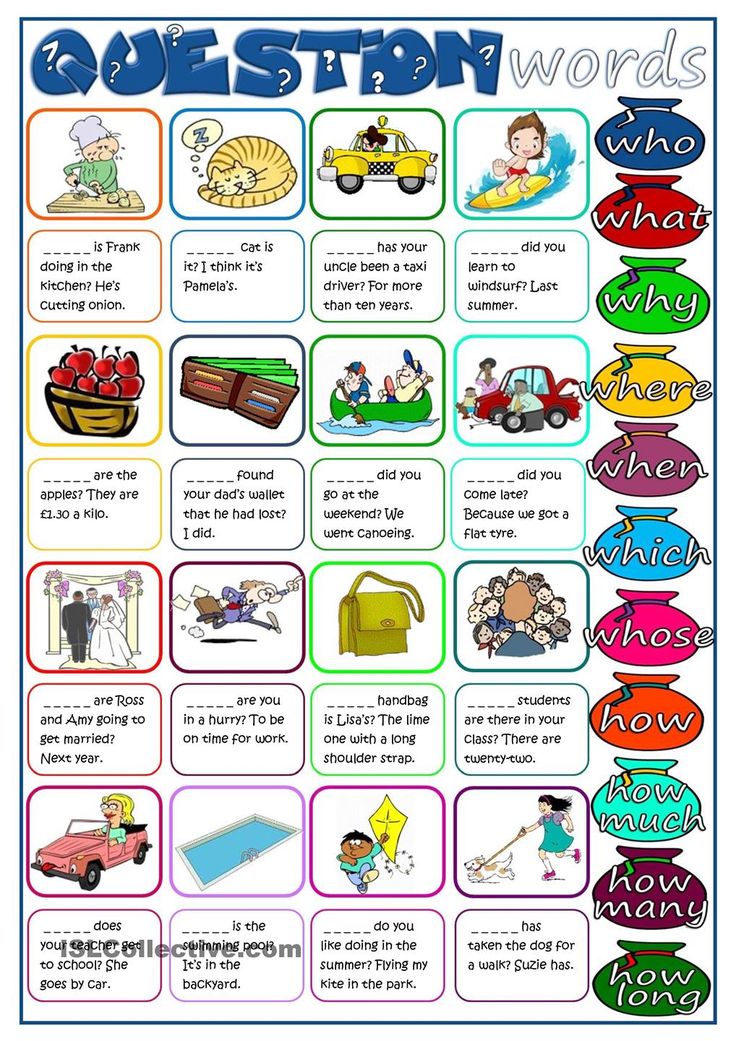 Break students into teams of five-ish.
Break students into teams of five-ish.
Call out the definition/context/sentence and give students some think time (8 – 10 seconds) to talk about what word it might be.
After the discussion time, call out “Word!” One member from each team runs to the center and tries to find the word in the pile.
I like having multiple sets of the words so more than one team can get it.
Check to make sure they’re correct, and then discuss it briefly before the next round.
Note: I got this idea from another teacher’s site, but I cannot for the life of me remember where. I have searched Google for it, and can’t find it. A small prize to the person who can figure out the originator of the idea!
I’ve written quite a bit about it here, but I’ve written more (and have lots of pictures of it in play) at VocabularyLuau.
IDEA #13: Vocabulary Category Relay
This is a different relay activity than the one above, even though the names are so similar.
In this version, teams of students race to fill in words responsive to a category that start with the letters of the alphabet in order.
This can be done individually, in groups, or even as a whole class. It’s also a good one for both digital and in-person instruction.
When I wrote about it on VocabularyLuau, I shared these score sheets for digital use, as well as printable versions.
IDEA #13: Comic Strip Word Activity
I got the idea for using comic strips from This Reading Mama.
In some ways, it’s really a modified Frayer model.
I loved it so much that I started making them like crazy. It turns out that they let me get a clear glimpse into how well the students had mastered the word.
I have an entire article about this, filled with loads of ideas and resources at VocabularyLuau.
You can check out that article here (or click the image below).
IDEA #14: Paper Plate Vocab
I love this inexpensive matching game from Finding Joy in Fifth Grade, and I think students could create it themselves.
IDEA #15: Heads Up Vocabulary Game
Students hold a word on a card in front of their foreheads.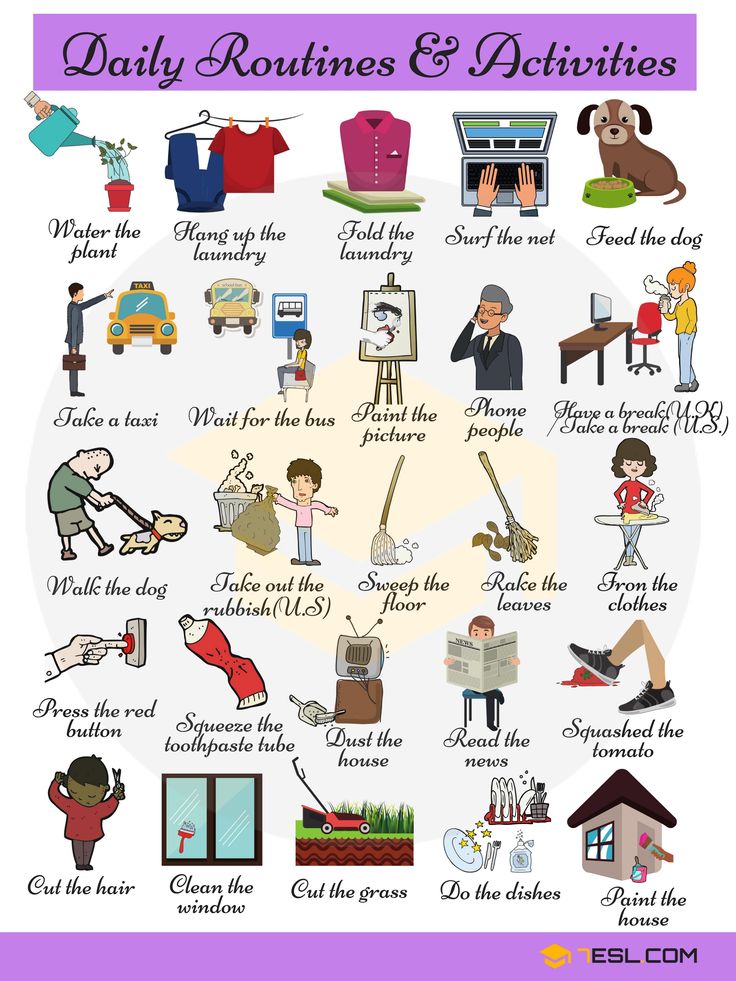 The students don’t know what words they have.
The students don’t know what words they have.
Students ask each other a series of questions to determine the meaning of their word. Or, students can give students clues to the person with the word to help that person guess the word.
This is a review activity, and it’s not for initial instruction.
It’s such a favorite that I wrote a very comprehensive article about it on VocabularyLuau. There’s even a hack for printing on Post-it notes!
IDEA #16: Word Sneak
Word Sneak is a game invented by Jimmy Fallon that he plays with guests on the Tonight Show.
In the game, Jimmy and the guest each get a stack of cards with words on them that they have to work into the conversation naturally (without sounding forced or stilted).
It’s hysterical to watch and fun to play.
It’s also a great way to learn different ways to approach a word.
It’s so much fun that when I wrote the article about in on VocabularyLuau, I also included a Tonight Show backdrop you can use in class to give it an even more “real” feel.
IDEA #17: Frayer Model
The Frayer Model is an oldie-but-goodie vocab activity model in which student work in multiple ways in a specifically laid out graphic organizer to engage with words.
This is such a must-know that I wrote a (very lengthy and detailed) plan for how to use it at VocabularyLuau.
It includes downloads and printables and digital versions, as well as exactly how (and why) to use this strategy.
If you are not familiar with it, please do yourself a solid and read more.
IDEA #18: Tweet
Have students create a “tweet” that a word would send out or with the word in the tweet in context.
You can use a tool like PrankmeNot or Siminator to make it look real.
This strategy is so fun and so useful!
I’ve written about five different ways to do this (with examples) on VocabularyLuau, and I even have this free template for you there:
IDEA #19: Brain Power Words
This is a strong academic vocabulary activity that takes a little bit of time, but would really help get the words past the superficial level of understanding.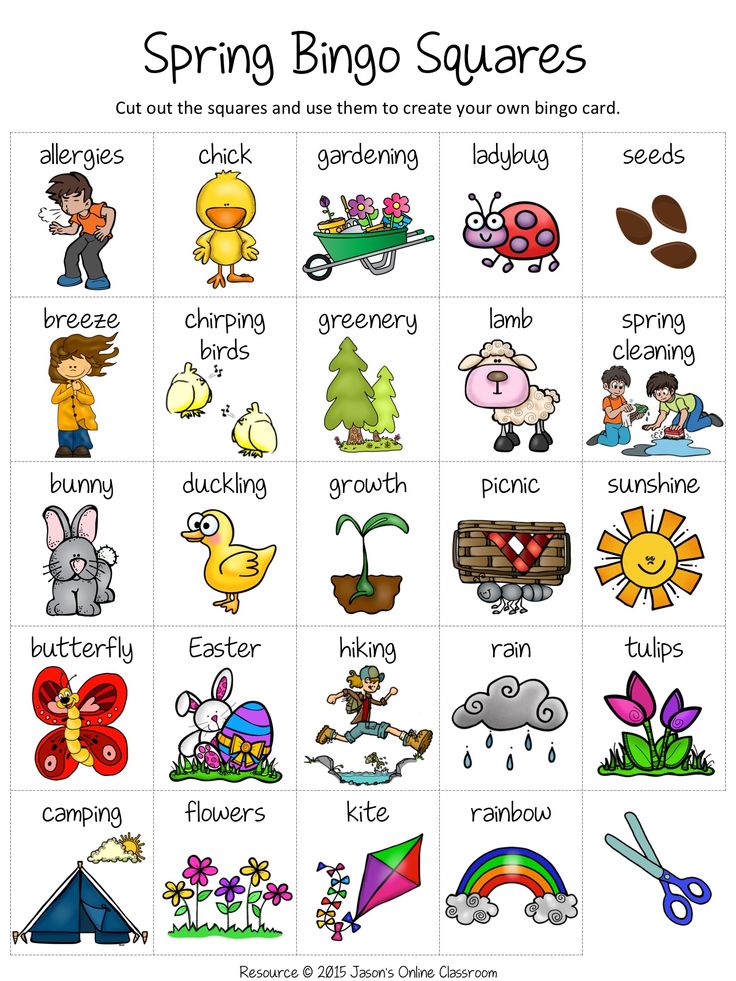
- Ask small groups of students to preview sections of a text and identify difficult words.
- For long chapters, assign different sections to different groups.
- Students place a Post-it next to the words in the text they identify as potentially difficult.
- After identifying the words, the group goes back and uses context clues to hypothesize what the words might mean.
- Clues of substitution: A known word would make sense in the context and is probably a good definition.
- Clues of definition: The word is defined in the text (many textbooks do this).
- Clues of opposition: Words “not, unlike” etc. are excellent clues to what a word is not and thus help define the words.
- After the Brain Power Words list is identified and definitions sought, the students check their work with the teacher.
This strategy is from Becky McTague and Margaret Richek (it’s in the book Reading Success for Struggling Adolescent Learners by Susan Lenski and Jill Lewis).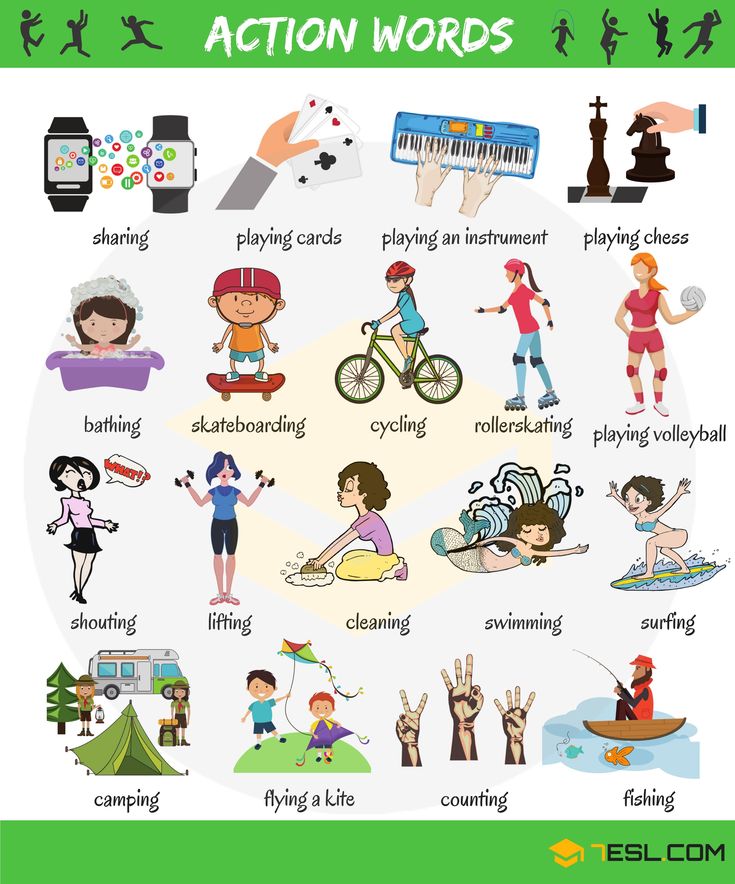
IDEA #20: The Concept Cube
A concept cube is a pattern that is printed on paper or cardstock, cut out, folded, and taped into a three-dimensional cube.
Students write, type, or draw on the pattern prior to assembling the cube, and then they “play” with the cube to explore concepts.
Depending upon the way you choose to use it, they can be similar to a three-dimensional Frayer model.
You can print out a blank cube and have students print the responses below, or complete it online and then print it out.
Before folding, students write clearly in each square following the directions below.
Each student is given one challenging vocabulary word from a recent reading and asked to:
- Write the assigned vocabulary word in one square.
- Write a synonym (word or phrase) in another square.
- Write an antonym (word or phrase) in another square.
- Write a category or categories it could belong to.
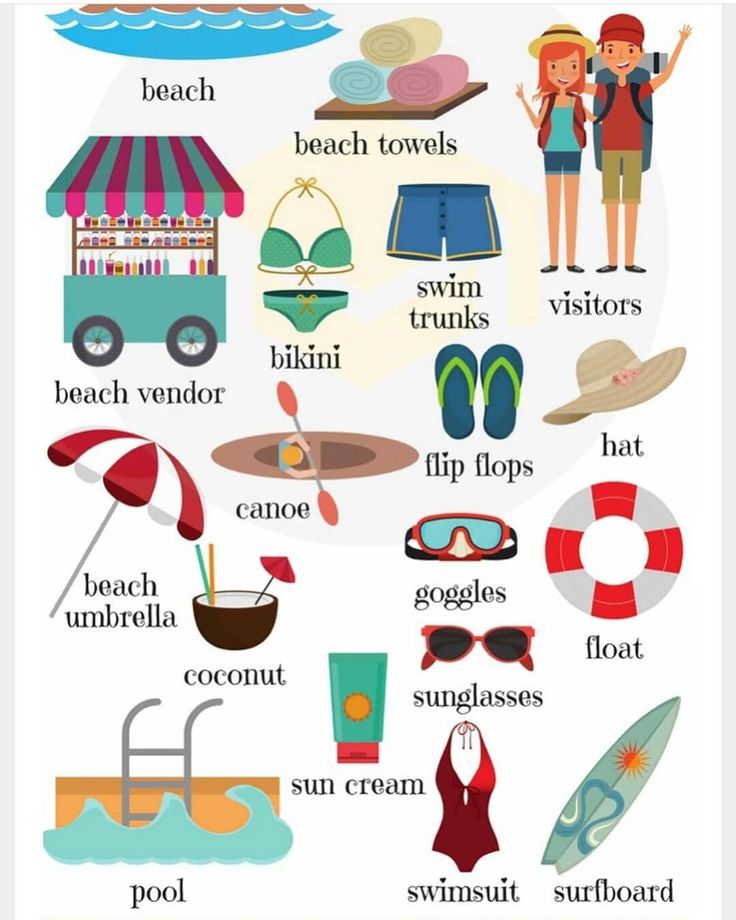
- Write the essential characteristics of the concept of this word.
- Give one example.
Cut, fold, and tape the cube.
Roll the cube and read what comes up on the “top”; the student must tell the relationship of that word or phrase to the original word.
After students know their own cube without any errors, they exchange with a peer.
You can get more ideas and details, as well as a free printable, at VocabularyLuau.
IDEA #21: Phone a Friend
Search TeacherspayTeachers or Teachers Notebook for vocabulary activities you can use or adapt.
The beauty of this is that you can search by grade level and subject, so you can focus on what you’re studying.
A caveat to this is that if you create something grade level or content specific, you can share it with other teachers, too.
The Importance of a Variety of Activities
You want to have a variety of activities so that vocabulary instruction doesn’t become routine or boring.
Keeping it fresh with lots of different ways of learning will help students (and the teacher) avoid getting burned out or tired of working with vocabulary.
There’s been so much interest in this that I created an entire website just for vocab ideas called VocabularyLuau.
These 21 activities for teaching vocabulary are just a start. I’d love to know your ideas!
The Vocabulary Series
This post is Part 3 of a four-part series on teaching vocabulary. If you would like to check out the rest of the series, visit the posts below
- Teaching Vocabulary: The books
- Theories & Techniques that work (and don’t)
- 21 Activities for Teaching Vocabulary (this one)
- Ideas for English Language Learners
There’s even a great book for teaching vocabulary!
These ideas work for all vocabulary words.
If your students need to learn vocabulary words and terms that are specific to your content (words like acute angle or latitude or simile or biome), have I got a book for you!
You know how I know it’s great? I wrote it! I wrote it for teachers just like you from the method I created in my own class with my own students and tested over and over.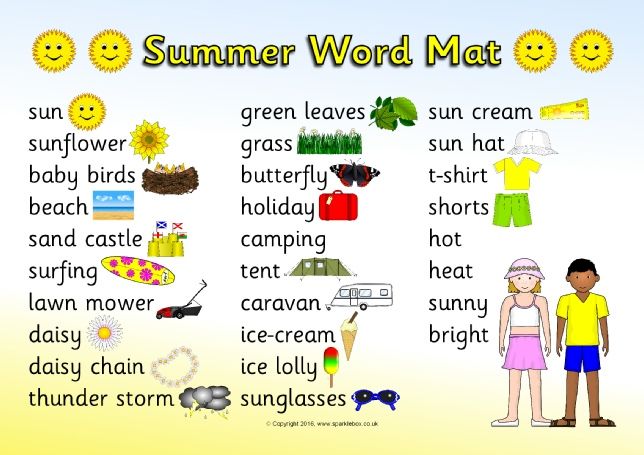
You can learn more about it by clicking on the picture of it, or you can read more and see loads of examples here.
If you already know you want it, you can grab a paperback version on Amazon.
Or, if you want a digital copy, you can use the coupon code GIFTEDGURU for 20% off you can…
Grab your copy
Do You Like Great Ideas?
If so, I share them in my email o’ goodness that goes out about once a month to thousands of people just like you.
You can sign up here (it’s free).
Note: This content uses referral links. Read my disclosure policy (it’s fascinating) for more info.
5 vocabulary development exercises
How pleasant it is to listen to eloquent and competent speech when a person knows how to choose the right words and accurately describe his thought. And illiterate, “poor” speech, which is quite difficult to understand, cuts the ear just as much. It is a large vocabulary that is a sign of intellectual development and can help you in learning, working or speaking in front of a large audience.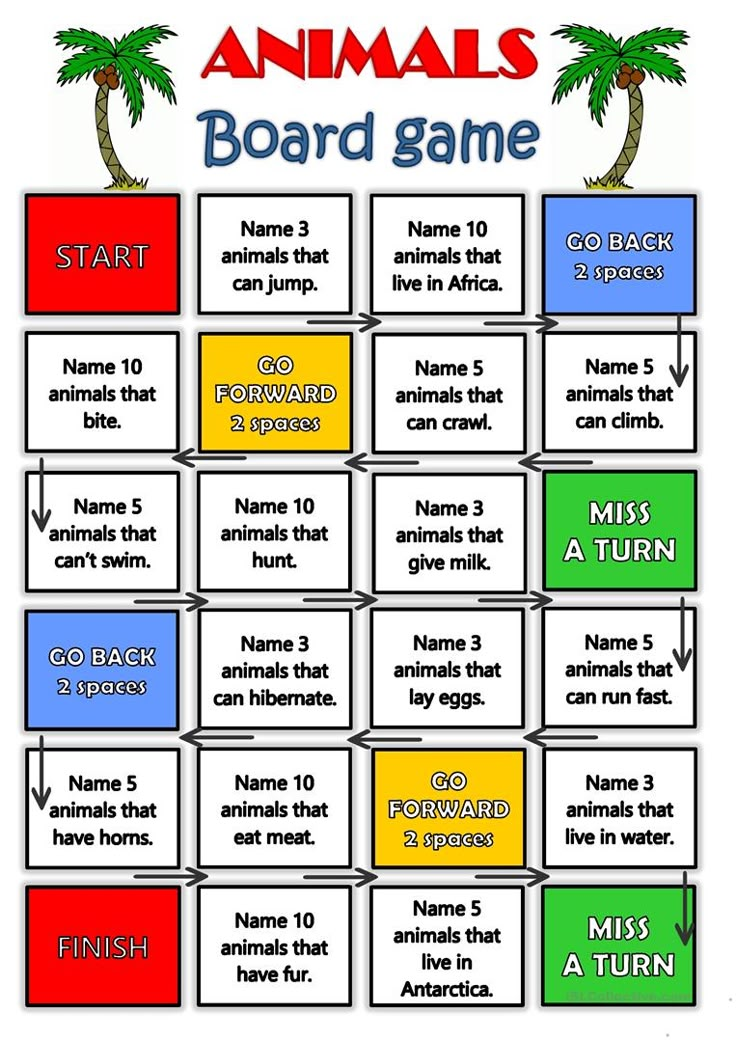
Before starting the study of exercises to increase vocabulary, let's look at the types of vocabulary:
- Active vocabulary. These are the words that we use in everyday life when communicating with friends, family, colleagues. When writing letters, SMS in chat, social networks. When we speak, we do not think about the words and do not put effort into constructing sentences.
- Passive vocabulary. These are words that we know, but do not use in conversation. As a rule, the passive reserve can be 2-3 times greater than the active one. On occasion, we can search in our head and find the right words, but we do this very rarely.
- External vocabulary. These are words we don't know. Usually these are specific words from the professional field of activity.
It is rather difficult to set clear boundaries in the vocabulary. Children's vocabulary can average 1000 words, adults have 10 times more. Erudite people who are constantly engaged in self-development, read a lot of books and constantly study, have a vocabulary of up to 50,000 words.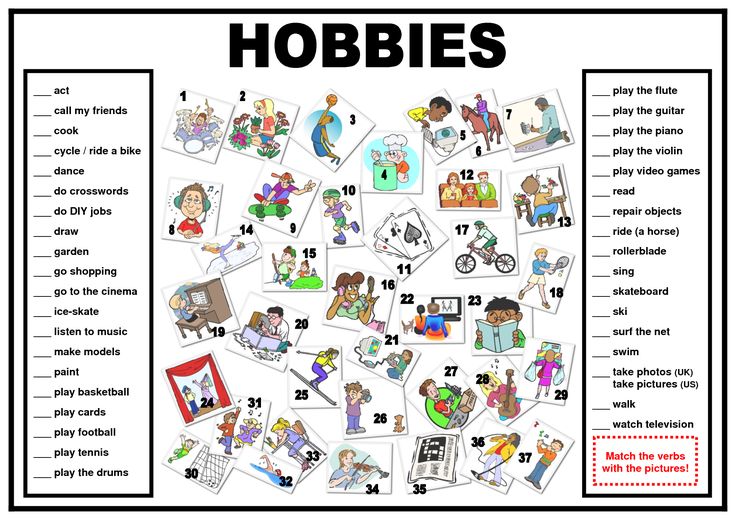 Therefore, we have selected such universal exercises to expand the active vocabulary that schoolchildren, students or specialists can perform.
Therefore, we have selected such universal exercises to expand the active vocabulary that schoolchildren, students or specialists can perform.
- Alphabet exercise. You need to come up with a sentence in which all words will begin with the next letter of the alphabet. Example: "Alina runs in the thick of trees." Try to make long sentences using words from A to Z.
- Noun exercise. Make up a story and tell it using only nouns. "Morning. Water. Walk. Dog. Tea. Breakfast. Underground. Job. Meeting. Tasks. Dinner."
- Exercise "Verbs". Repeat the previous exercise, only using verbs instead of nouns.
- Exercise "Adjectives and adverbs". Also invent a story, just voice it now with the help of adjectives and adverbs.
- Exercise "Monophone". Remember all the words that start with the letter A and come up with a sentence with them, keeping the meaning. And do this with all the letters in the alphabet.
These exercises will be difficult to complete at first, so don't give up too soon. Each time, it will be easier for you to come up with stories and look for the right words. You will find even more useful information on the website "Russia - the land of opportunities". The platform hosts free online courses, webinars on marketing, PR, charity, management, psychology, and finance. Follow the link to register on the site and get access to unique programs.
Each time, it will be easier for you to come up with stories and look for the right words. You will find even more useful information on the website "Russia - the land of opportunities". The platform hosts free online courses, webinars on marketing, PR, charity, management, psychology, and finance. Follow the link to register on the site and get access to unique programs.
Lesson 5. Vocabulary
“William Shakespeare's dictionary is estimated by researchers to be 12,000 words. The dictionary of a negro from the cannibalistic tribe "Mumbo-Yumbo" is 300 words. Ellochka Shchukina easily and freely managed thirty, ”- everyone is familiar with this quote from Ilf and Petrov’s The Twelve Chairs. The satirists, and with them the readers, laughed a lot at the narrow-minded and undeveloped, but overly self-confident and arrogant Ellochka, all of whose interests, thoughts and emotions easily fit into thirty words. Meanwhile, starting to write texts, many, without noticing it, turn into the cannibal Ellochka.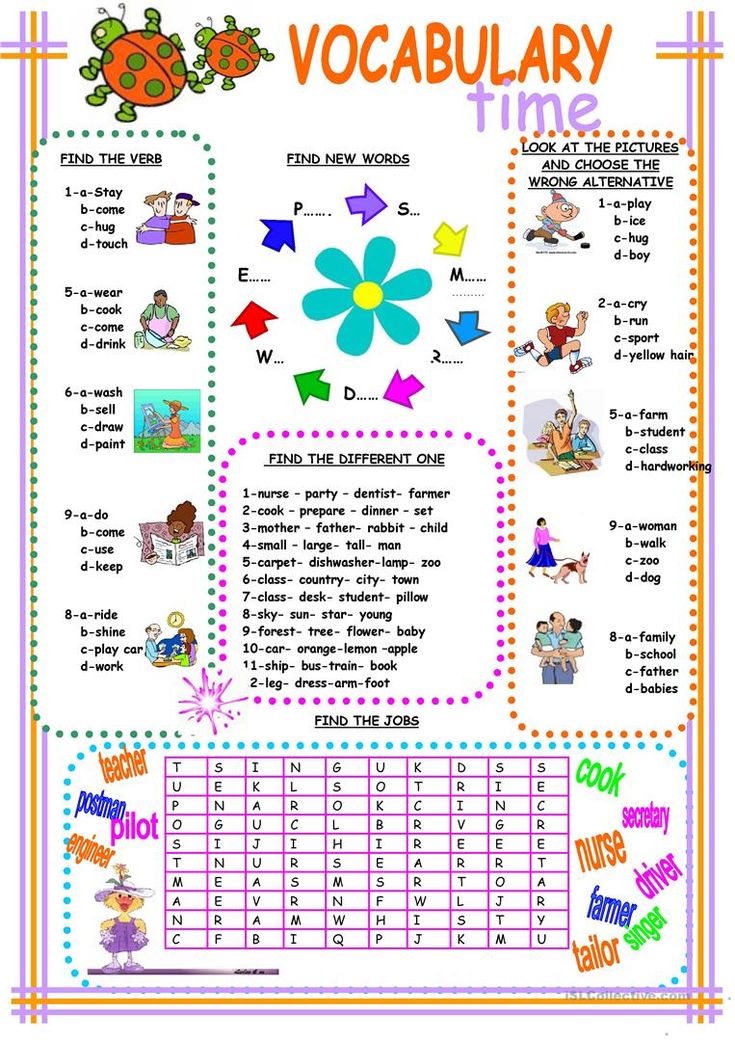 Whatever they want to write about, the same “Ho-ho!” comes out from under the pen. and “Hamite, boy!”. In this lesson, we will talk about how to get rid of the problem of the cannibal Ellochka, expand your vocabulary. And in the next lesson we will learn how to learn how to use it correctly.
Whatever they want to write about, the same “Ho-ho!” comes out from under the pen. and “Hamite, boy!”. In this lesson, we will talk about how to get rid of the problem of the cannibal Ellochka, expand your vocabulary. And in the next lesson we will learn how to learn how to use it correctly.
Content
- Vocabulary
- Ways to expand vocabulary
- Passive vocabulary
- Active vocabulary
- Verification test
Vocabulary
Vocabulary ( dictionary, lexicon ) is a set of words that a person understands and uses in his speech.
Vocabulary is usually divided into two types: active and passive.
Active vocabulary - these are the words that a person regularly uses in speech and writing.
Passive vocabulary is a set of words that a person knows and understands by ear or by reading, but does not use them himself.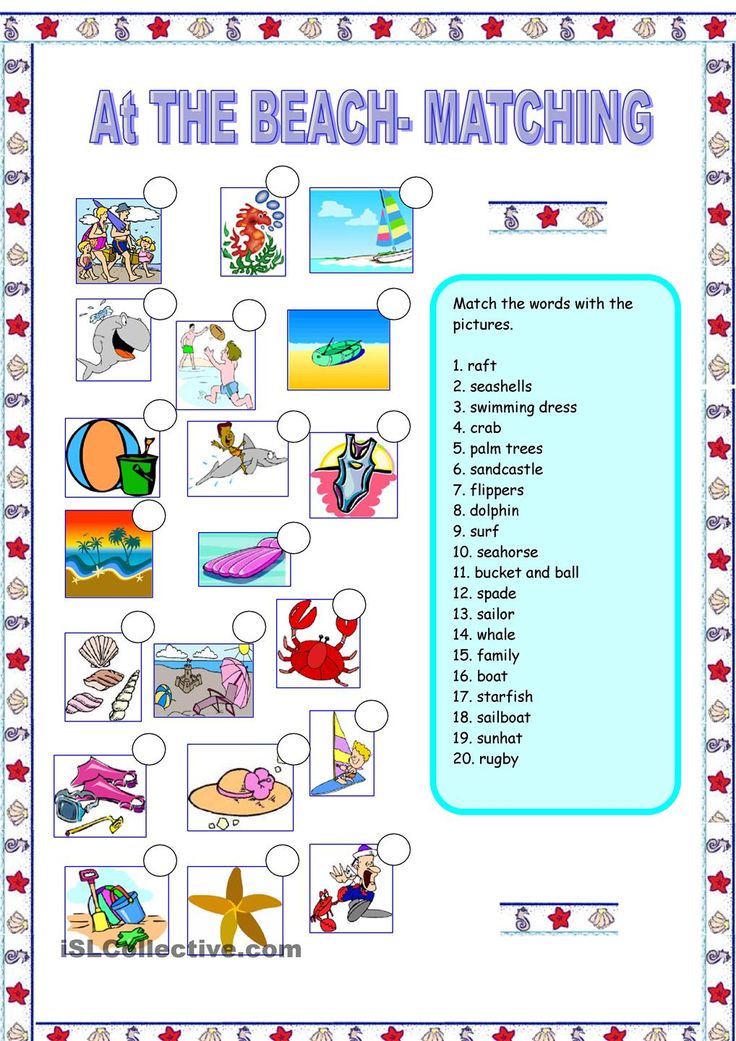 You can check your passive vocabulary on this site .
You can check your passive vocabulary on this site .
Usually the volume of the passive vocabulary exceeds the volume of the active vocabulary by several times. At the same time, the volumes of active and passive vocabulary are moving quantities: a person constantly learns new words and at the same time forgets or stops using words that he has already learned.
Active vocabulary estimates range from five thousand to thirty-five thousand words. As for the passive vocabulary, the spread is from twenty thousand to one hundred thousand words. Most likely, the truth, as always, lies somewhere in the middle. It is reasonable to assume that the active vocabulary of an adult reaches about fifteen thousand words (as you know, the active vocabulary of such a master of words as Pushkin was about twenty thousand words), and the passive vocabulary - forty to fifty thousand words (it is difficult to imagine an ordinary person who would know all the meanings of words from Ozhegov's dictionary).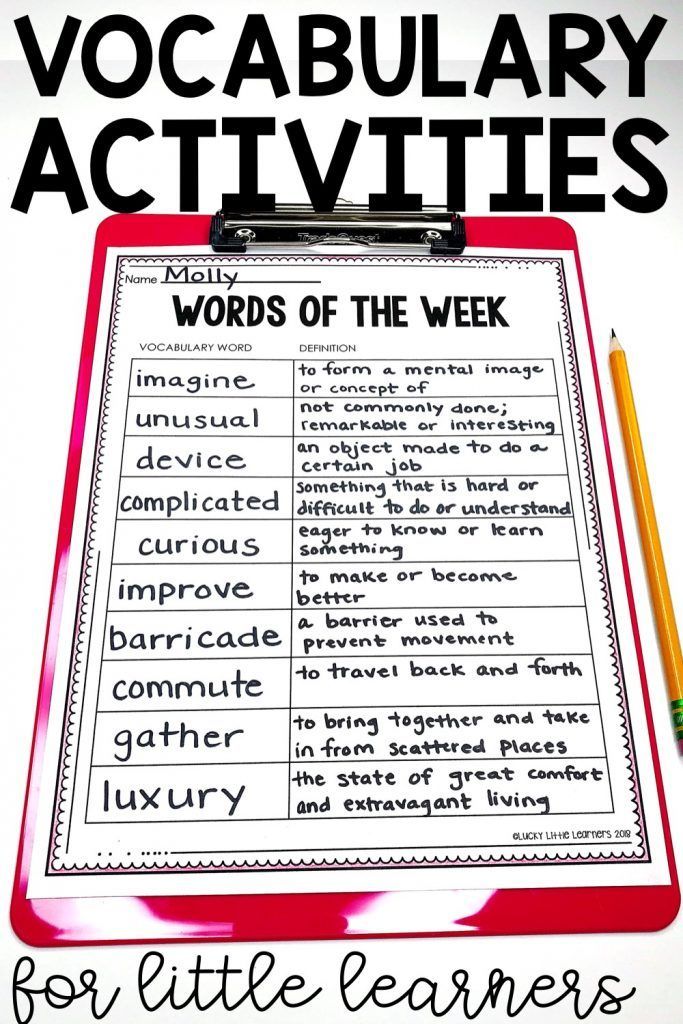
There is an easy way to roughly estimate the amount of passive vocabulary. Take an explanatory dictionary, for example, the same Ozhegov dictionary, open it on an arbitrary page, count how many of the defined words you know. Be honest with yourself: if a word seems familiar to you, but you don’t know exactly what it means, then you don’t need to count this word. Then multiply this figure by the number of pages. Of course, keep in mind that this result is approximate: you must assume that all pages contain the same number of articles from which you know the same number of words. For the purity of the experiment, you can repeat these steps several times. However, you still won't get the exact result.
If you are too lazy to bother with the dictionary and calculations yourself, you can use our test.
Ways to expand vocabulary
When writing texts, it is very important that the words used be as varied as possible. This, firstly, allows you to express your thought most accurately, and secondly, it makes the perception of the text easier for the reader.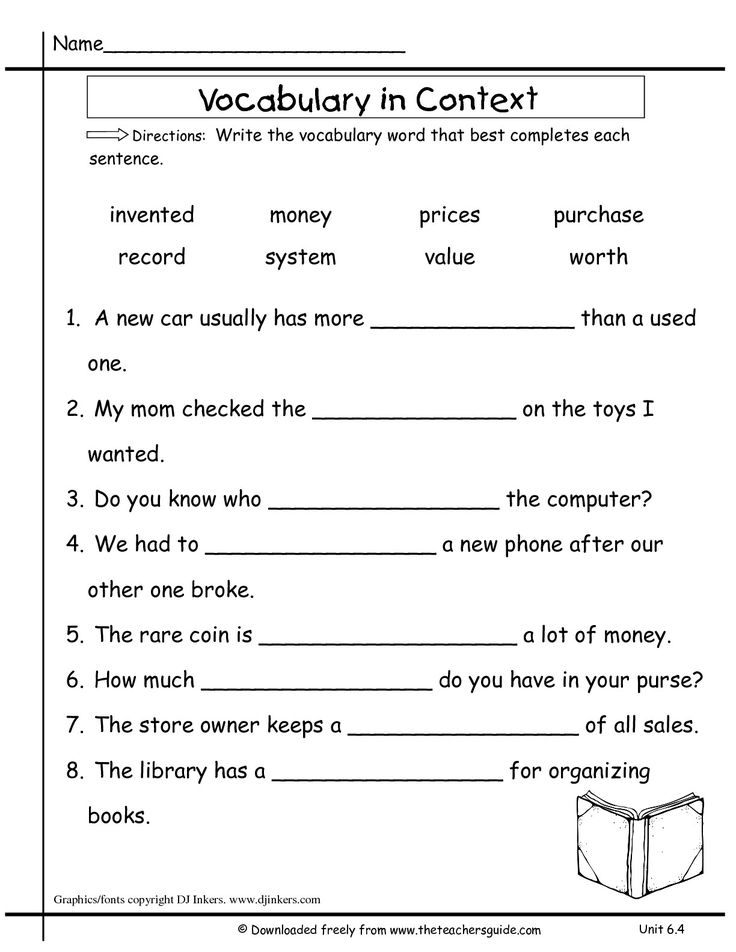 There are several rules to help expand your vocabulary. They were developed primarily for people learning foreign languages, but can also be used effectively for their native language.
There are several rules to help expand your vocabulary. They were developed primarily for people learning foreign languages, but can also be used effectively for their native language.
Passive vocabulary
1
Read as much as possible. Reading is one of the main sources of new information and, accordingly, new words. At the same time, try to choose literature of the highest level possible - it does not matter whether it is fiction, historical literature or journalism. The higher the level of the authors, the greater the chance that they use a variety of vocabulary, and most importantly, they use words correctly. So you will remember not only new words, but also the correct ways to use them.
2
Do not be afraid to appear ignorant. Many people feel extremely uncomfortable when their interlocutor seems to be very educated, well-read and uses a lot of unfamiliar words. In such a situation, many are afraid of being branded as ignorant, and therefore embarrassed to ask about the meaning of a particular new word.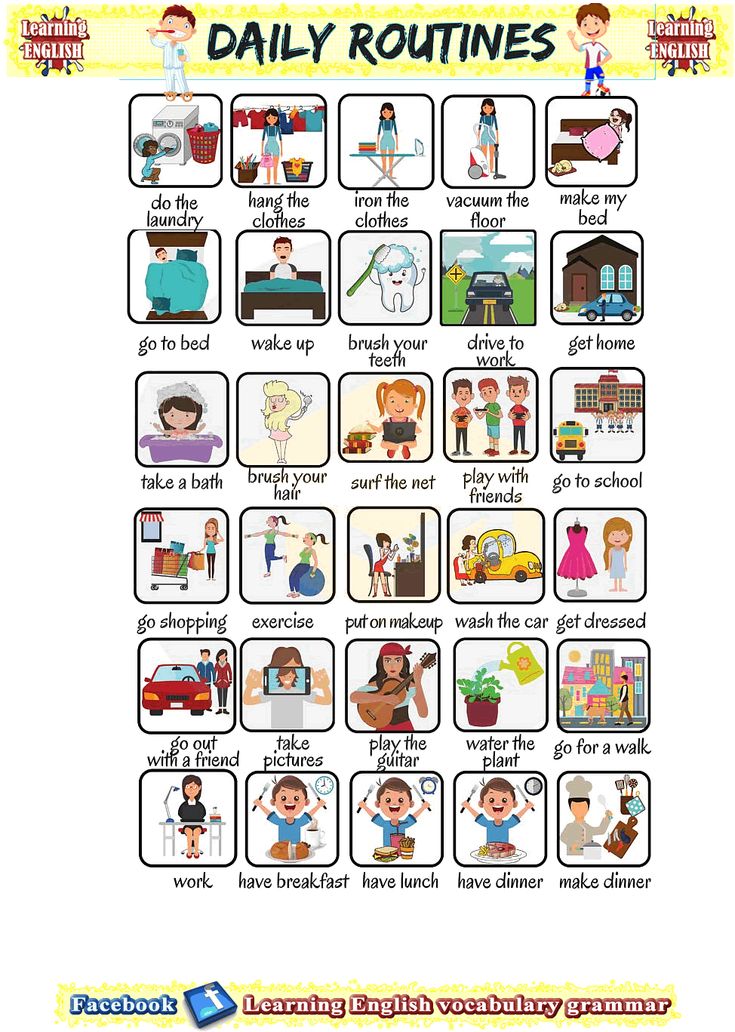 Never act like this. It's always better to ask about a word you don't know than to remain in the dark for the rest of your life. Don't think you'll look up this word in the dictionary when you get home. You will simply forget it. If your interlocutor is really smart, your question will never seem funny to him.
Never act like this. It's always better to ask about a word you don't know than to remain in the dark for the rest of your life. Don't think you'll look up this word in the dictionary when you get home. You will simply forget it. If your interlocutor is really smart, your question will never seem funny to him.
3
Use a dictionary. It is useful to have at home a set of academic dictionaries and encyclopedias that you can refer to when needed. Naturally, good dictionaries are not cheap, they are often published in small print runs and take up a lot of shelf space. Fortunately, with the development of the Internet, the problem of access to dictionaries has been solved. Now you can find dictionaries and encyclopedias on almost any subject. Portals are quite easy to use: slovari.yandex.ru and www.gramota.ru.
Active Vocabulary
The above tips help to expand, above all, the passive vocabulary. However, the main theme of our lessons is effective writing of texts. Therefore, the goal is not only to learn new words, but also to learn how to actively use them in writing. Here are a few exercises aimed at translating a word from a passive vocabulary into an active one:
Therefore, the goal is not only to learn new words, but also to learn how to actively use them in writing. Here are a few exercises aimed at translating a word from a passive vocabulary into an active one:
4
Notes method. You need to take cards, sheets or colored stickers. On one side you write the word you want to remember, on the other - its meaning, synonyms, examples of use. Such cards can be sorted out at home, in transport, at work. Fast, convenient and efficient!
5
Book of synonyms. You can take a simple notebook or create an electronic document where you will write down words and rows of synonyms for them. For example, take the word result. A number of synonyms for it: consequence, consequence, trace, fruit, sum, total, conclusion, conclusion. It must be remembered that not only synonymous words can be attached here, but also entire constructions: in this way, so, from this we can conclude that we have come to the conclusion that, etc.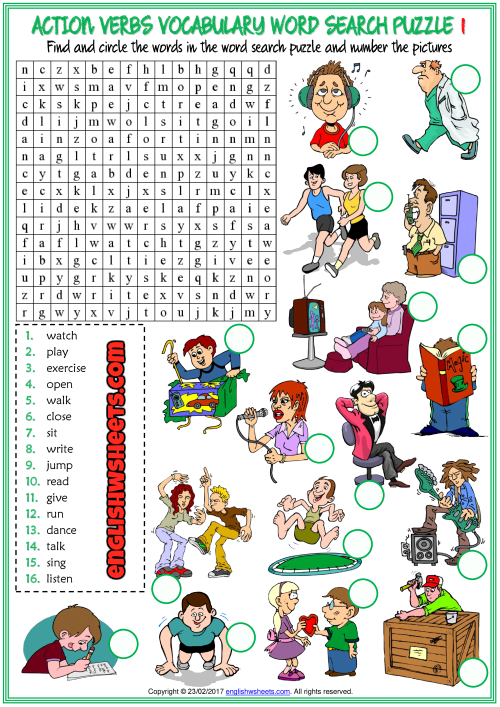 Also, in such a notebook, you can make notes about the nature of a particular word: obsolete, high, vernacular, pejorative. If you use an electronic document, then words on the same subject can be combined into separate blocks. In addition, such a notebook can also be supplemented with antonyms.
Also, in such a notebook, you can make notes about the nature of a particular word: obsolete, high, vernacular, pejorative. If you use an electronic document, then words on the same subject can be combined into separate blocks. In addition, such a notebook can also be supplemented with antonyms.
6
Thematic cards. They are convenient to use if you want to memorize and translate several words related to a common theme into your active dictionary at once. Write them down on one card and stick them in a prominent place. As a result, if you remember at least one word from the card, the rest will inevitably come to your mind.
7
Association method. Try to accompany the memorization of words with associations: figurative, color, olfactory, tactile, gustatory, motor. The presence of such an association will help to remember the right word much faster. Moreover, you can rhyme a word important to you into some short rhyme or insert it into a stupid and meaningless, but memorable statement.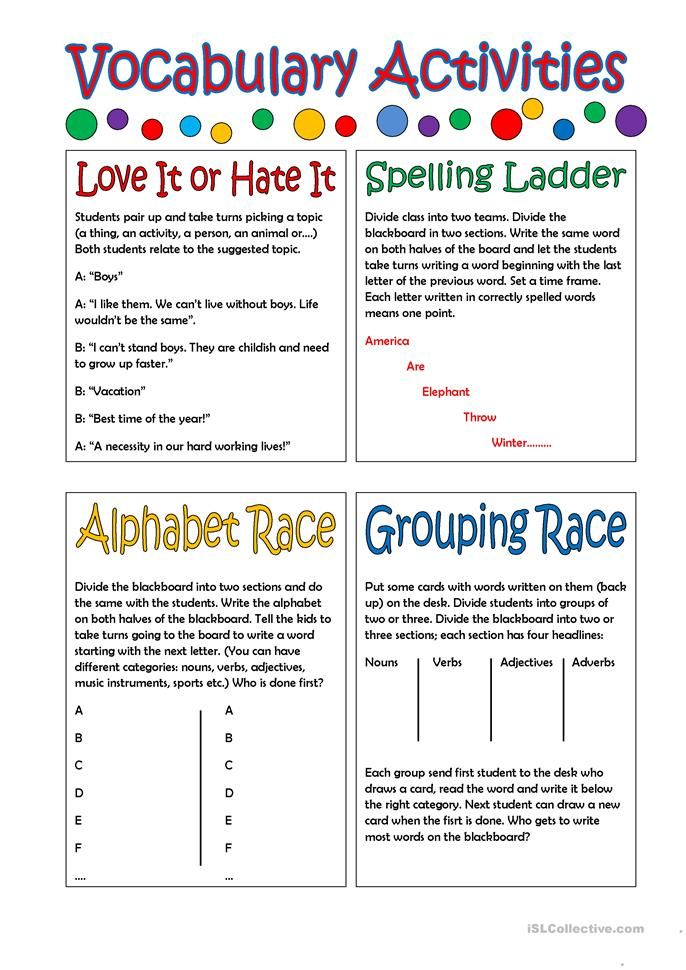
8
Presentations and compositions. We are accustomed to the fact that presentations and essays are school exercises, and after finishing school, you can never return to them. Meanwhile, they help to significantly improve your writing skills and expand your active vocabulary. The presentations are suitable for the situation when you read a text in which you came across a lot of unfamiliar but useful words. Make a short written retelling of this text using these key words and they will remain in your memory. As for essays, there is no need to write long treatises, a short five-sentence story in which you insert new words is enough.
9
Memory calendar. This is a repetition graph of the words you want to translate into the active dictionary. It is based on research into how human memory works. Scientists have long found out that after a week a person forgets eighty percent of all new information received. However, this percentage can be significantly reduced by repeating the material at regular intervals.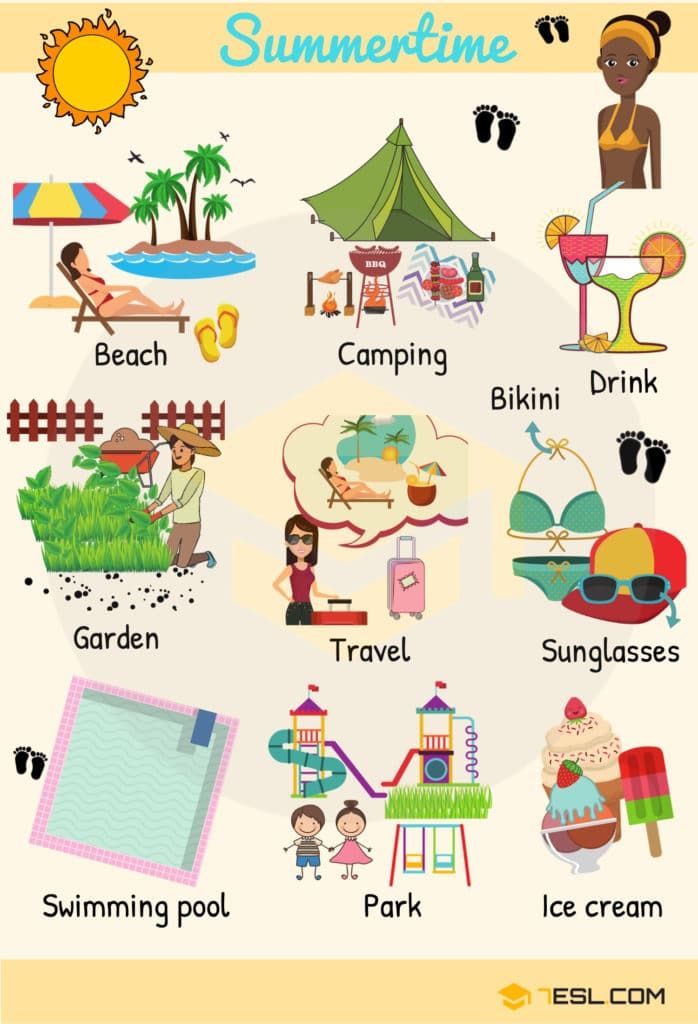 Then it goes into long-term active memory. For this, the so-called rational repetition mode was developed. For convenience, here is a table:
Then it goes into long-term active memory. For this, the so-called rational repetition mode was developed. For convenience, here is a table:
- First repetition. Immediately after finishing reading
- Second repetition. Half an hour later
- Third repetition. Every other day
- Fourth repetition. Two days later
- Fifth repetition. Three days later
- Sixth repetition. In a week
- Seventh repetition. Two weeks later
- Eighth repetition. In a month
- Ninth repetition. Two months later
Also note the rational repetition lesson in the memory training.
To achieve the maximum effect, it is advisable not to deviate from the schedule. It is also best not to try to remember a large array of words at the same time. It is better to break words into small thematic groups and create your own repetition calendar for each group.